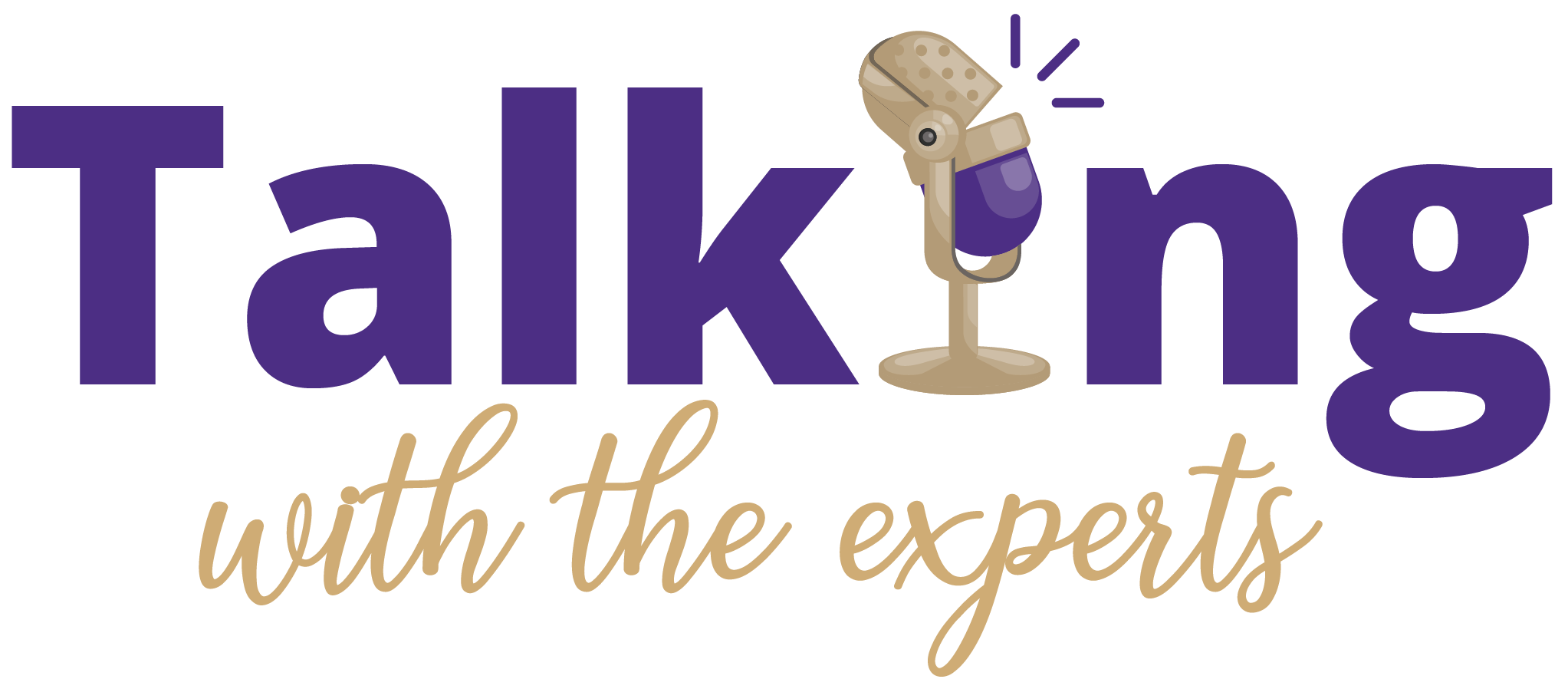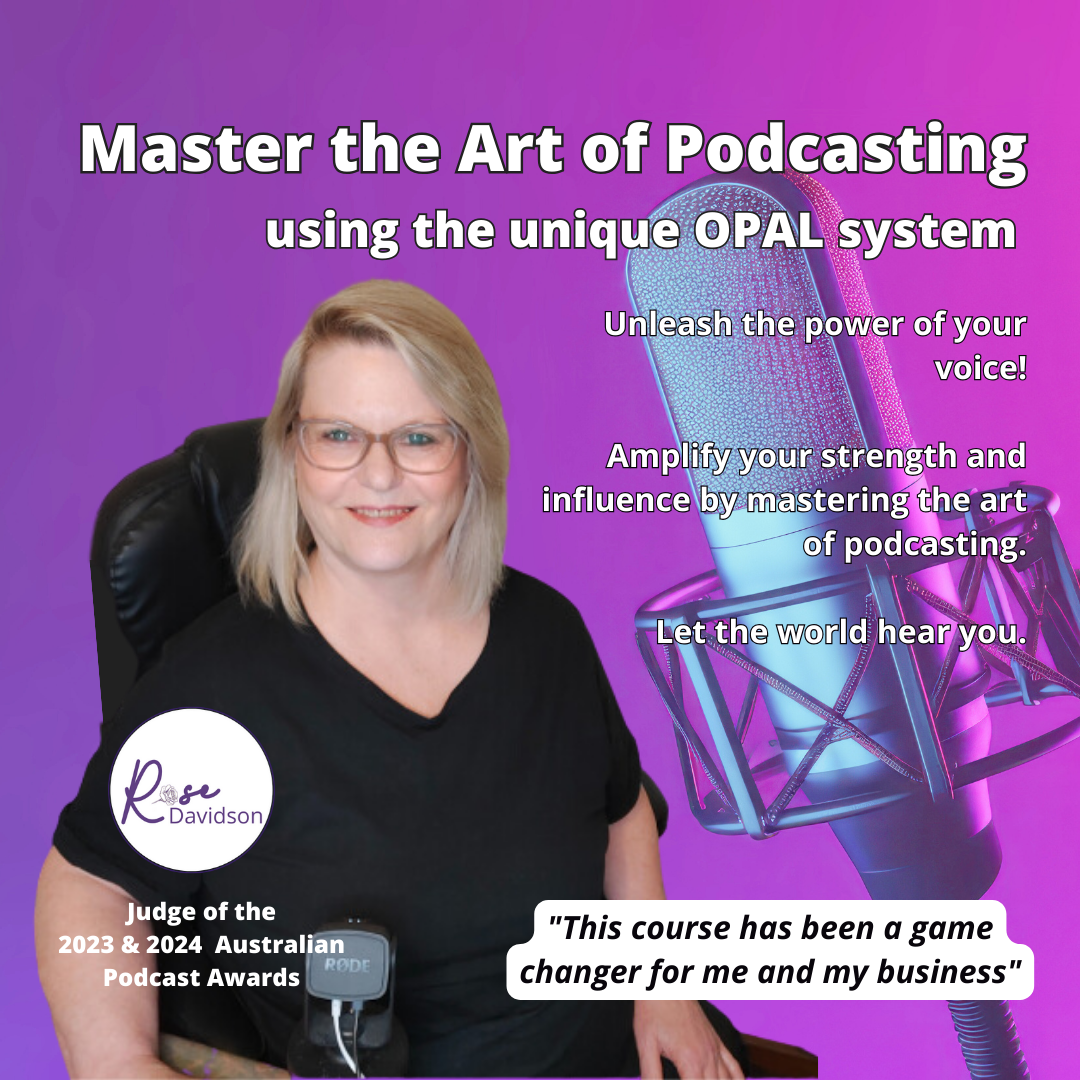Podcasting has quickly evolved into one of the most effective mediums for sharing stories, delivering content, and building personal connections with an audience. At the heart of any successful podcast is compelling content, and one of the most powerful ways to create engaging podcast episodes is through storytelling. Whether your podcast focuses on education, entertainment, or business, learning how to weave a great story can keep listeners hooked and coming back for more.
In this article, we’ll explore storytelling techniques for podcasters, how to use them to create compelling content, and tips to make your episodes stand out. Let’s dive into the world of podcast storytelling and learn how to craft stories that captivate your audience from start to finish.
The Power of Storytelling in Podcasting
Storytelling is an ancient art form that has existed for centuries. Stories create emotional connections, help us relate to one another, and make complex ideas more understandable. In podcasting, storytelling offers multiple benefits:
Keeps Listeners Engaged:
A well-told story captivates your audience and holds their attention throughout the episode.
Creates a Memorable Experience:
Stories evoke emotions and memories, making your content more memorable and shareable.
Builds a Deeper Connection with Your Audience:
Through personal stories and real-life examples, you can forge stronger connections with your listeners, creating loyalty and trust.
While podcasting allows for a variety of content formats, those who master the art of storytelling can significantly elevate the quality of their episodes, making them more impactful and enjoyable.
1. Storytelling Techniques for Podcasters

Below are key storytelling techniques that will help you create compelling, immersive content for your podcast:
Start with a Strong Hook
The beginning of your podcast episode sets the tone for the entire show, and it’s critical to grab your audience’s attention right from the start. Whether it’s a bold statement, a thought-provoking question, or an exciting teaser, your hook should immediately pull listeners in and make them want to hear more.
Tips for a Strong Hook:
– Ask an intriguing question that piques curiosity: “Have you ever wondered why some businesses thrive while others fail?“
– Share a shocking statistic or fact to capture attention: “Did you know 80% of entrepreneurs quit podcasting within the first 10 episodes?“
– Tease an interesting story: “I didn’t expect what happened next, but it changed everything…”
By drawing your audience in right away, you set the stage for an engaging episode and keep listeners eager to continue.
Build a Narrative Arc
A successful story follows a clear structure or narrative arc. It takes the audience on a journey, creating emotional tension, presenting challenges, and offering resolution. The classic storytelling arc includes:
– Beginning: Introduce the main characters or themes and set the scene for the story.
– Middle: Present a conflict, challenge, or event that raises the stakes and keeps listeners invested.
– End: Provide a resolution that ties everything together and offers a satisfying conclusion.
Podcasters can use this framework to keep their content structured and engaging, whether telling a personal story, interviewing guests, or exploring a topic.
Example of a Narrative Arc:
Let’s say your podcast episode is about overcoming entrepreneurial failure. Your narrative arc might look like this:
– Beginning: Introduce the entrepreneur’s background and what inspired them to start their business.
– Middle: Highlight the major challenge or failure they faced, detailing the obstacles that made it difficult.
– End: Explain how they bounced back, what they learned, and how they ultimately found success.
Use Descriptive Language
Descriptive language is key to painting a vivid picture for your audience. Since podcasting is an audio-based platform, using sensory details helps listeners visualize what you’re describing and feel more immersed in the story.
How to Use Descriptive Language:
– Visual: Describe the physical appearance of characters, settings, or events. “The conference room was filled with bright, glaring lights that made everything feel tense.“
– Auditory: Use sound to bring your story to life. “I could hear the steady hum of the city streets outside, muffled but constant.“
– Emotional: Describe emotions in a way that evokes a response. “I felt my heart race as the deadline loomed closer, each second slipping away faster than I could keep up.”
Adding these details helps create a sensory-rich experience for your listeners, making your storytelling more engaging.
Incorporate Conflict and Tension
Great stories are often driven by conflict. Whether it’s internal conflict, external obstacles, or interpersonal struggles, conflict adds tension and excitement to your podcast, keeping listeners hooked. When used effectively, conflict helps raise the stakes and encourages the audience to stay tuned for the resolution.
Examples of Conflict in Podcasting:
– Personal Conflict: Sharing a personal challenge you’ve faced, such as self-doubt or a difficult decision.
– External Conflict: Discussing real-world challenges, such as societal issues, industry trends, or unexpected crises.
– Guest Story Conflict: If you’re interviewing guests, ask about challenges they’ve overcome in their personal or professional lives.
By building conflict into your narrative, you keep your audience invested and eager to hear how the situation is resolved.
Make Your Listeners Part of the Story
One of the best ways to engage your audience is by making them feel like they’re part of the story. Address your listeners directly and invite them to relate to the experiences you’re sharing. Use inclusive language, ask questions, and encourage them to reflect on their own lives.
Ways to Involve Your Listeners:
– Ask rhetorical questions: “Have you ever felt like you weren’t good enough?“
– Use phrases like “We’ve all been there” or “I’m sure you can relate” to build a sense of camaraderie.
– Encourage listener interaction: “Let me know your thoughts on this—reach out and share your experience!”
This creates a more personal connection with your audience, making them feel involved in the story and invested in the content you’re delivering.
Pace Your Story
The pacing of your story is critical in keeping listeners engaged. If the story moves too slowly, you risk losing their attention; if it’s too fast, you might confuse or overwhelm them. Finding the right balance ensures that your audience stays hooked without feeling rushed or bored.
Tips for Pacing:
– Vary Sentence Length: Short sentences build tension, while longer, descriptive sentences allow the audience to absorb the details.
– Use Pauses: Strategic pauses after significant moments in your story give listeners time to process and anticipate what comes next.
– Slow Down for Key Moments: Slow down your delivery for emotional or pivotal moments to make them more impactful.
Balancing fast-paced moments with slower, reflective parts creates a dynamic flow that keeps listeners engaged throughout the episode.
End with a Memorable Conclusion
The ending of your podcast episode is just as important as the beginning. A strong conclusion leaves a lasting impression and provides a sense of closure. Whether it’s a takeaway, a call to action, or a resolution, your conclusion should wrap up the story and leave your listeners satisfied.
Ideas for a Strong Conclusion:
– Summary or Takeaway: “So, the next time you’re faced with a difficult decision, remember that failure is just one step on the road to success.“
– Call to Action: “If this story resonated with you, I encourage you to take action today—whether it’s starting that project you’ve been putting off or reaching out for support.“
– Tease Future Episodes: “In the next episode, we’ll dive deeper into how these lessons can apply to your business, so make sure you tune in!”
A well-crafted conclusion reinforces the value of your content and leaves your audience wanting more.
How to Incorporate Storytelling in Different Podcast Formats

Interview-Based Podcasts
When interviewing guests, storytelling plays a critical role in keeping the conversation engaging. Instead of simply asking direct questions, encourage your guest to share personal stories, experiences, and lessons learned.
Tips for Interview Storytelling:
– Ask Open-Ended Questions: “Can you share a time when you faced a major obstacle, and how did you overcome it?“
– Follow Up on Details: When a guest touches on something interesting, ask follow-up questions that dig deeper into the story.
– Weave Your Own Stories In: Connect with your guest by sharing your own experiences or thoughts, creating a back-and-forth dialogue that feels natural and conversational.
Educational or Informative Podcasts
In educational podcasts, storytelling helps make complex information easier to understand and more relatable. Rather than just presenting facts, use case studies, examples, and anecdotes to illustrate key points.
Example:
If you’re discussing marketing strategies, share a story about a business that successfully implemented the technique you’re teaching. Use real-life examples to explain how the theory works in practice, making the information more accessible to your audience.
Solo Podcasts
For solo podcasts, storytelling is a powerful tool for building a personal connection with your audience. Since you’re the only voice on the show, it’s important to engage listeners by being open, vulnerable, and authentic in your storytelling.
Tips for Solo Storytelling:
– Share Personal Experiences: Be open about your own journey, challenges, and lessons learned.
– Use Relatable Language: Talk to your audience as if you’re having a one-on-one conversation with them.
– Build Anticipation: Break up stories into multiple episodes to create anticipation and encourage listeners to return for the next instalment.
FAQs
Why is storytelling important in podcasting?
Storytelling creates emotional connections, keeps listeners engaged, and makes your content more memorable. It helps convey complex ideas in a relatable and enjoyable way.
What if I’m not a natural storyteller?
Like any skill, storytelling can be learned and improved with practice. Start by experimenting with different techniques, and don’t be afraid to share personal experiences. Over time, you’ll develop your unique storytelling style.
How can I create stories for an educational podcast?
Use case studies, real-life examples, and analogies to turn educational content into engaging stories. Relating the information to everyday experiences helps listeners better understand the material.
How can I improve pacing in my storytelling?
Vary the length of your sentences, use pauses for dramatic effect, and slow down during important moments. Listening back to your episodes and adjusting where necessary can also help improve pacing.
Can storytelling work for business podcasts?
Absolutely! Business podcasts can benefit from storytelling by sharing real-world experiences, challenges, and successes. Stories make business concepts more relatable and can inspire your audience.

Storytelling is a powerful tool that can elevate your podcast from ordinary to exceptional. Whether you’re hosting interviews, teaching concepts, or sharing personal anecdotes, these storytelling techniques will help you create engaging content that resonates with your audience. By mastering the art of storytelling, you’ll keep your listeners coming back for more, increase your podcast’s reach, and build lasting connections with your audience.
Happy podcasting!
🚀 Ready to Launch Your Podcast in Just 30 Days?
Turn your podcasting dreams into reality with my online course, “Master the Art of Podcasting: Online Program.” 🎙️
You’ll get:
✅ Step-by-step guidance
✅ Expert tips and tricks
✅ All the tools you need to confidently start your podcast
Whether you’re new to podcasting or want to refine your skills, this course is designed for YOU!
Don’t wait—your voice deserves to be heard. Start your podcasting journey today!
👉 Sign Up Now and Be Podcast-Ready in 30 Days or Less!



